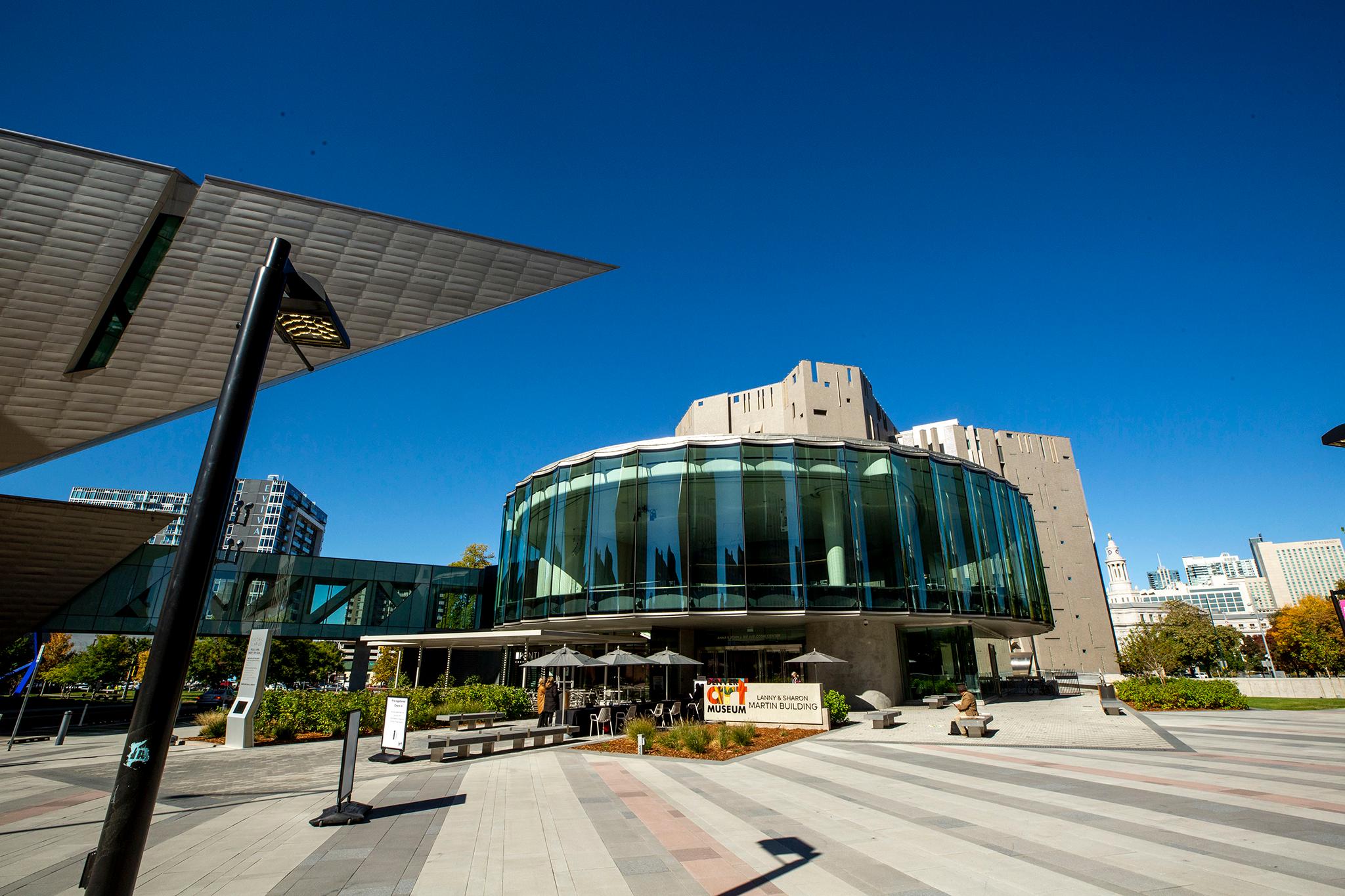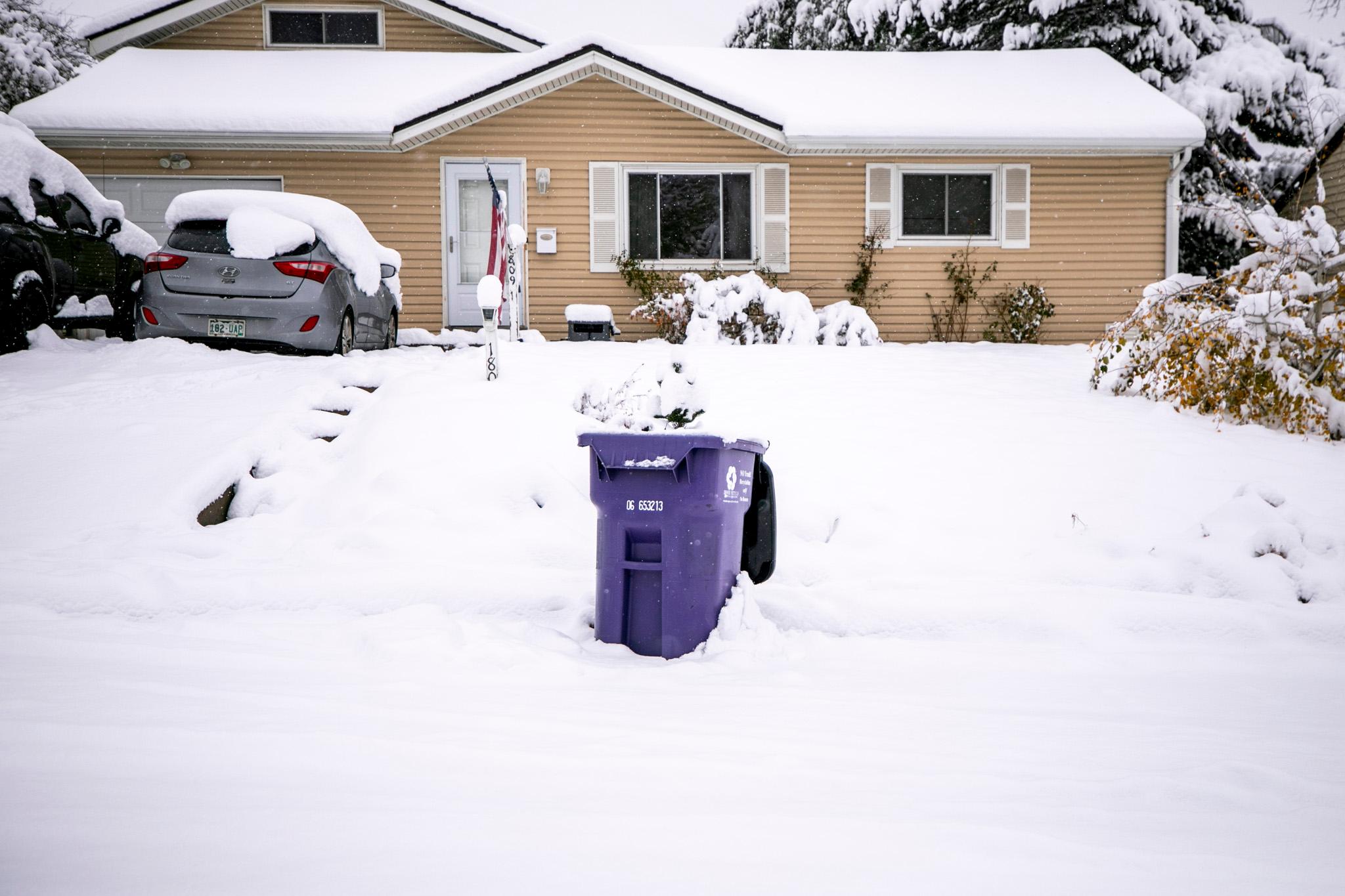On Monday, the Denver Post reported that the Denver Art Museum has relinquished four Cambodian antiquities after the U.S. Department of Justice filed a complaint seeking the items' forfeiture. The culturally significant pieces had recently been the subject of an international art scandal after they were found to be linked to a man known for trafficking looted artifacts.
Last month, a collaborating group of journalists from the Washington Post, the International Consortium of Investigative Journalists and other news organizations published the Pandora Papers, an investigation that used formerly secret tax documents to show how some of the world's richest and most powerful people have shielded their assets from the public.
The Pandora Papers revealed that the DAM is one of ten institutions worldwide holding artifacts acquired from Douglas Latchford, who in 2019 was indicted for the alleged trafficking of looted artifacts from the Khmer Empire over the course of several decades (he died before his trial). According to the Washington Post, the museum began discussing the artifacts with the Cambodian Ministry of Culture and Fine Arts after Latchford's indictment in 2019, but did not agree to return the artifacts at that time. The DAM's chief curator, Angelica Daneo, said the museum contacted the Cambodian government to verify the artifacts' origin before beginning the process of returning them to Cambodia.
The Washington Post reported that the DAM removed the pieces from its collection in September after receiving a letter from the journalist group seeking comment. The Post also reported that Cambodian officials had requested ownership records for all of the DAM's Khmer Empire relics, but never got a reply from the museum.
"Frankly, I don't know what that refers to," Daneo said. "All I can say is that we contacted the Cambodian government in 2019 and we went into the process, and we look forward to the final steps of that process."
Back in 2016, the DAM returned a looted artifact -- also allegedly linked to Latchford -- to Cambodia. Turns out, a team at the DAM is constantly researching the provenance -- or history of ownership of an object -- of museum artifacts even before they're acquired. It's a complicated process that involves careful tracking of ownership over time as an item changes hands between private owners, public entities, countries and organizations.
Daneo says tracking provenance is one of the responsibility's of the DAM's curatorial team.
Curatorial research involves researching the artist who created an object, the imagery and subject depicted in it, the date it was created, the materials the artist used, and its provenance. Researching an item's provenance can provide context to help curators and museum-goers alike understand and appreciate an item.
"It's one of the important aspects of curatorial research around the collections," Daneo said. "As an art museum, we're passionate about arts and art objects. So everything we can learn about an object -- the context, the time and place where it was created, what was the interest for it at the time -- it's really important for us to understand and be able to also give the right context for our visitors."
How does the DAM decide to acquire a piece?
The DAM has 12 art collections across ten departments. There's a curator at the head of each department. That curator and their curatorial team are in charge of researching the provenance of the items in their respective collections.
That process begins before a museum even acquires a piece. When a curator proposes an acquisition, they fill out a form about the piece and its significance, including a section about the object's provenance. The curator is expected to fill out all available information about the piece's ownership history. If Daneo approves the proposal, it goes up the chain of approval.
Provenance for a contemporary piece is less complicated because the piece has likely only had a couple of owners. However, the DAM often acquires works that were created centuries ago and have changed hands several times. More often than not, there's a "gap" in the provenance, or a period of the piece's history in which there aren't definitive records of ownership.
"It's nearly impossible to have a complete provenance for those pieces," Daneo said. "So the existence of a gap is not a concern in itself. What we look at is, when is the gap."
Oftentimes in history, periods of political unrest in a region coincided with the the looting and spoliation of art and artifacts. When the DAM sees a gap in an artifact's provenance, they research where it was during that gap, or who owned it before the gap. Daneo said they are less likely to acquire a piece that has a gap during a period where there may have been lootings or spoliation. For example, curators would spend more time researching a gap for an object that was held in an occupied area of Europe during WWII than they would a country that was never occupied. A piece from England that had a provenance gap during the war wouldn't present a large enough concern to prevent the DAM from acquiring it, though the curatorial team would continue to research the gap. Conversely, without more information, the DAM would likely not move to acquire a piece from an area occupied by Germany during the war
What does provenance research look like?
The curators begin tracking an item's history of ownership from the time before a piece is acquired. That process doesn't ever really end. The curatorial team at the DAM is still researching pieces the museum acquired decades ago, digging up new evidence to help fill in the gaps in provenance, a process that is extra complicated if a piece is centuries old, or has changed hands multiple times.
"With provenance research, there is never really closure on every single passage of property," Daneo said. "As a researcher, even if you try all your best to go to all your archives, it could be somebody else that has that important document that you didn't have."
Research can involve talking to other institutions and exchanging information, going through old archives and reading up on the periods in which the piece was exchanged.
"It's pretty much everything we can do," Daneo said. "Any means we can get to confirm evidence of facts that we have, or information we have, we're open for it."
She says the field has improved in recent years, in large part due to online tools and the digitization of records.
"There was a time when the only option was to go physically to an archive, was to go physically to paper documents," Daneo said. "It's been a few years now for sure, and probably even a decade, where there's been an incredible effort to digitize material." For instance, Daneo said she found a 19th century book on Google Books that she couldn't find anywhere else, which helped her trace the provenance of an altarpiece from Italy.
The DAM also has a provenance committee available to advise and offer support to the curatorial team. The committee, which is made up the museum's director, chief financial officer, chief curator (Daneo), chief of collections, and chief of communication, meets every two weeks. It offers practical support, such as funding for trips to archives, and also discusses provenance gaps.
Highly publicized art scandals involving provenance, like the one brought to light by the Pandora Papers, have appeared in more headlines in recent years.
At the same time, institutions have taken a more rigorous approach to provenance research in recent years. Daneo says the DAM still has old curatorial files from the 1930s and '40s.
"Back in those days, they would track the provenance, but provenance would be a piece of paper with the different passage of property outlined there," Daneo said. "So when in 2021 I pick up that piece of paper, I don't know who wrote that provenance. I don't know where they got that information. And I'm not accepting it anymore as true without confirming it."
Before even looking at the gaps in an object's provenance, the team works to verify the existing information in the original curatorial documents, and make records of the sources used to verify it. All of that goes into an object's file, to help future researchers continue the work in the decades to come.
How does repatriation work?
"Every piece is unique. This is the great thing about art and seeing a real object in person: It's a unique object," Daneo said. "And just like the object itself, the history about the object is unique. That is also reflected in the way this relationship or the process of a return or repatriation happens."
Why the DAM might repatriate a piece, or return it to its country of origin, depends on the unique circumstances of the piece. Sometimes after a long process of provenance research, the DAM decides to contact its country of origin about returning the piece. Sometimes an institution might come forward claiming the piece belongs to their country.
Before the museum turns an artifact over, it goes through an internal process to verify its provenance. The team asks the claimant or country of origin to share any information they have about the piece's provenance, and the museum will in turn share theirs. Daneo said the museum is dedicated to returning artifacts to their rightful owners.
"Just because somebody comes forward doesn't mean that person is the rightful owner," Daneo said. "There's a lot of fact-checking, a lot of evidence-gathering that we need to evaluate to make that assessment. And sometimes the evidence is very compelling. And after that review, we act very swiftly in making arrangements."
That's not always the case.
"Not always do you have this compelling evidence," Daneo said. "And there's a number of other factors that we need to take into consideration."
If during the research process the DAM verifies that an artifact belongs to another entity or was obtained illegally at some point in its provenance, the museum goes into an internal process called "deaccessioning," or the formal removal of an object from its collection. The object may stay on the premises during that process, which involves approval from multiple committees.
At the end of the deaccessioning process, the museum may decide upon the object's repatriation. Sometimes that can lead to a direct return. Sometimes, other parties and government organizations may be involved, complicating the logistics of the object's repatriation.
The Cambodian artifacts have been deaccessioned and are now sitting in storage at the DAM.
The museum's outreach to Cambodia related to the pieces began in 2019. Since then, the curatorial team had been working to verify all compiled information about the pieces before removing them from the museum's collection in September of 2021.
Daneo said in the world of provenance research, it's not unusual for there to be months or even years between steps.
"Anybody that conducts provenance research will probably share that it takes time. It's a process that involves a lot of steps," she said.
The final step in the artifacts' repatriation is the arrangement for the pieces' physical return. Daneo said this step is a little complicated, because multiple institutions, including the Cambodian government and U.S. officials, are involved.
"Those sort of logistics are being fleshed out," Daneo said. "On our end, we just look forward to returning them to the Government of Cambodia."
On Monday, the U.S. Department of Justice filed a complaint requesting the items' forfeiture, and the Post reported that the museum enthusiastically agreed to give up the items. In response to the news about the DOJ complaint, the DAM shared a statement with Denverite:
The Denver Art Museum welcomes today's announcement by the Department of Justice as the next step in the process to return these artworks to Cambodia. In 2019, immediately after the indictment of Douglas Latchford, the Museum reached out to Cambodian officials to bring these pieces to their attention and gather additional information. Since that time, the Museum has cooperated with the US and Cambodian governments to secure their return; in September 2021, the Museum deaccessioned these pieces from its collection. Ensuring proper ownership of antiquities is an obligation the Museum takes seriously.
This story has been updated to clarify the DAM's deaccession timeline.














